Equipment
GolfWRX Archives: Economics of an independent club builder
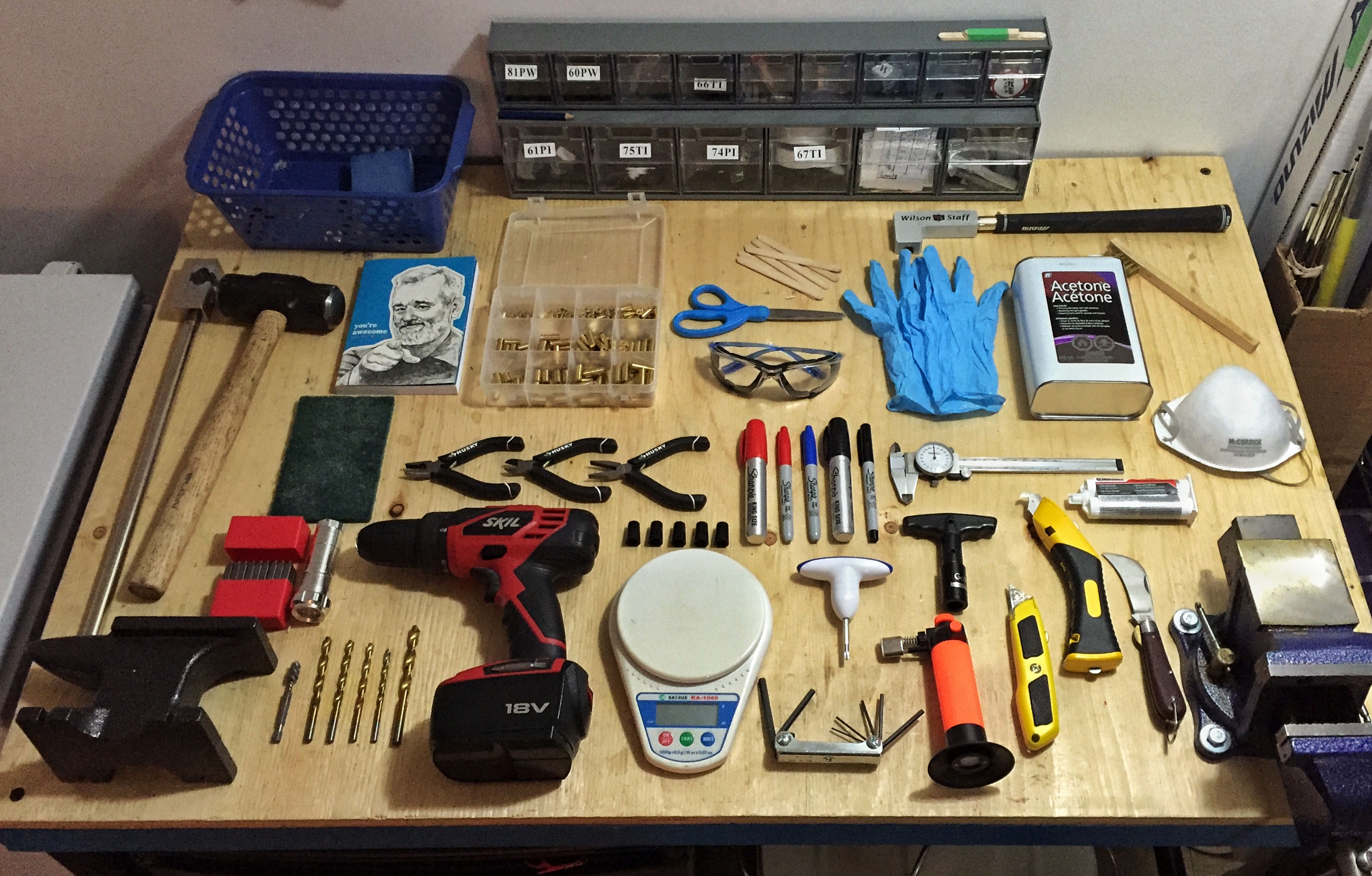
The golf season is slowly gearing up, and the next step many are taking is getting their clubs tuned up and dialed in. Whether it be new grips, lie and loft checks, or getting into the nitty-gritty details of a launch monitor gapping session, it’s a mad rush to be ready for the first tee shot.
With so much of this work being done by smaller companies or local club builders, I wanted to revisit a piece I wrote around this time last year that showcases the economics that smaller shops face since a large part of the discussion often revolves around price.
The Economics of an Independent Club Builder
I build clubs, not a ton, but for a one-person operation, I keep very busy during the season. I work on clubs for people locally, help a couple of the local golf courses get work done quickly for members, and I do a lot of my own tinkering (which I acknowledge is akin to if Walter White was also his own biggest customer).
What I have noticed over the last few years when talking to, or reading about, golfers inquiring about having work done, is the great discussion and sometimes misinformation about the cost associated with club work. From high-end custom club fitting, to just a simple repair or grip change, there’s a lot of confusion. This is a constant topic here on GolfWRX with many of the same replies being summarized by
“No way a (insert club or repair job) should cost that much! It’s an easy thing to do with a torch, a vice and some epoxy.”
I’m not saying building clubs isn’t relatively simple, heck it’s my goal to try and teach people how to do it and better understand it, but when it comes to doing things right and making sure the specs are just as they should be, well that’s an entirely different story.
To properly equip a shop with all the tools required to take on any club building task aside from grinding wedges and milling putters, the cost is roughly $5,000 for proper top-of-the-line gear including safety equipment — not an over-the-top investment, but something that is mostly beyond the average hobbyist. I’m lucky in that I’ve never relied on building clubs (as an independent builder) as my only source of income and slowly built up my vast collection of tools, some of which I’ve had for over 15 years.
My argument for the cost of any repair is quite simple: The club builder needs to be able to make a reasonable profit (not a bad word) based on the time associated with completing the task, which is essentially the MO for any individual or business.
I compare it to getting an oil change: Do I know how to do it? Yes. Do I have the ability to get all the required tools? Yes. Does it take a relatively short amount of time to do it by a trained professional? Yes. Do I want to get under my car to do it? Absolutely not!
Same can be applied for the building of a set either from scratch or with previously used parts (which is WAY worse and actually takes longer by the way) pulling and gluing steel taper tip golf shafts isn’t really a big deal but here are the things many people fail to consider
- Getting head weights right to make sure swing weight, or in some cases MOI, match the desired spec.
- Cutting to the exact length and potentially accounting for grip cap length
- Having on hand the proper tools do the prep work including disposables like sanding belts, buffing pads etc.
- Stocking ferrules in a variety of sizes for different clubs
- Epoxy – making sure to have relatively “fresh” quality stuff on hand — a single tube of 3M can run over $25 alone
- Grip tape
- Solvent, and catch tray or actual gripping station
- Final lie loft – making sure to leave as few marks as possible
Let’s consider one of the most common repairs: a broken wedge shaft (I don’t ask questions about how things get broken)
For a small shop that might not carry a lot (if any) shaft inventory, something as common as a True Temper Dynamic Gold is $24 from a supplier like GolfWorks, add on a single grip, say, Golf Pride Tour Velvet ($5), you’re almost at $30 COST. Now, if we consider that there is potential for a 15 percent savings if the shop gets a “dealer” discount, we’re still looking at just under $25 before tax. You add shipping onto that and time, it’s understandable that this is going to be at least a $50 repair.
Yes, you can get new previous model wedges for around $100, but they have the opportunity to buy at HUGE volume as an OEM, that’s the difference. Small shops need to be able to cover costs and make a small profit to exist. Prices might seem high compared to buying a new full club as a single unit, but you are truly supporting a small business.
Equipment
BK’s Breakdowns: Cameron Young’s winning WITB, 2025 Wyndham Championship

Cameron Young’s WITB from his win at the 2025 Wyndham Championship. Cameron is a Titleist staff player but his bag is definitely filled with some unique clubs. Here are the clubs he used to secure his first PGA Tour win!
Driver: Titleist GT2 (9 degrees, A1 SureFit setting)
Shaft: Mitsubishi Tensei 1K Pro Orange 70 TX
3-wood: Titleist GT3 (15 degrees)
Shaft: Mitsubishi Tensei 1K White 80 TX
Hybrid: Titleist GT2 (21 degrees)
Shaft: Fujikura Ventus HB Black VeloCore+ 10 X
Irons: Titleist T200 (4), Titleist T100 (5), Titleist 631.CY Prototype (6-9)
Shafts: True Temper Dynamic Gold X7 (4-9)
Wedges: Titleist Vokey Design SM10 (48-10F, 52-12F, 56-14F @57), WedgeWorks (60-K* @62)
Shafts: True Temper Dynamic Gold X7
Putter: Scotty Cameron Phantom 9.5 Tour Prototype
Grips: Golf Pride Tour Velvet Cord
Ball: Titleist Pro V1x Prototype
Whats in the Bag
Peter Malnati WITB 2025 (August)
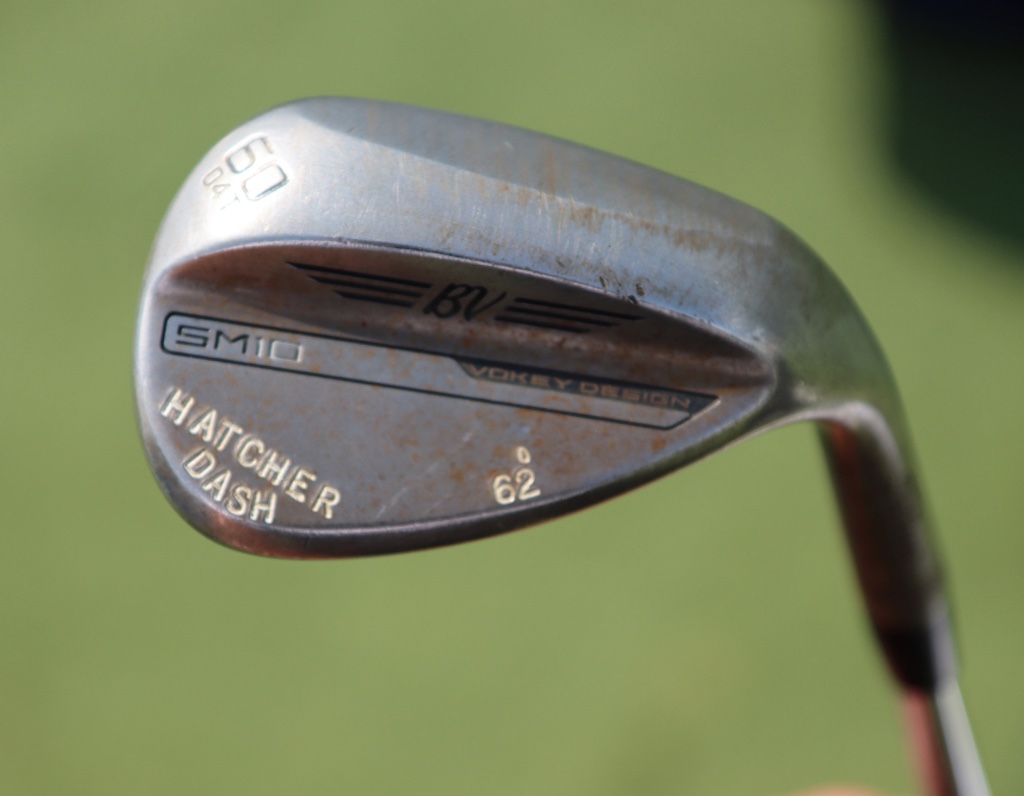
- Peter Malnati what’s in the bag accurate as of the Wyndham Championship. More photos from the event here.
Driver: Titleist GT3 (10 degrees, C2 SureFit setting)
Shaft: Project X Denali Blue 60 TX
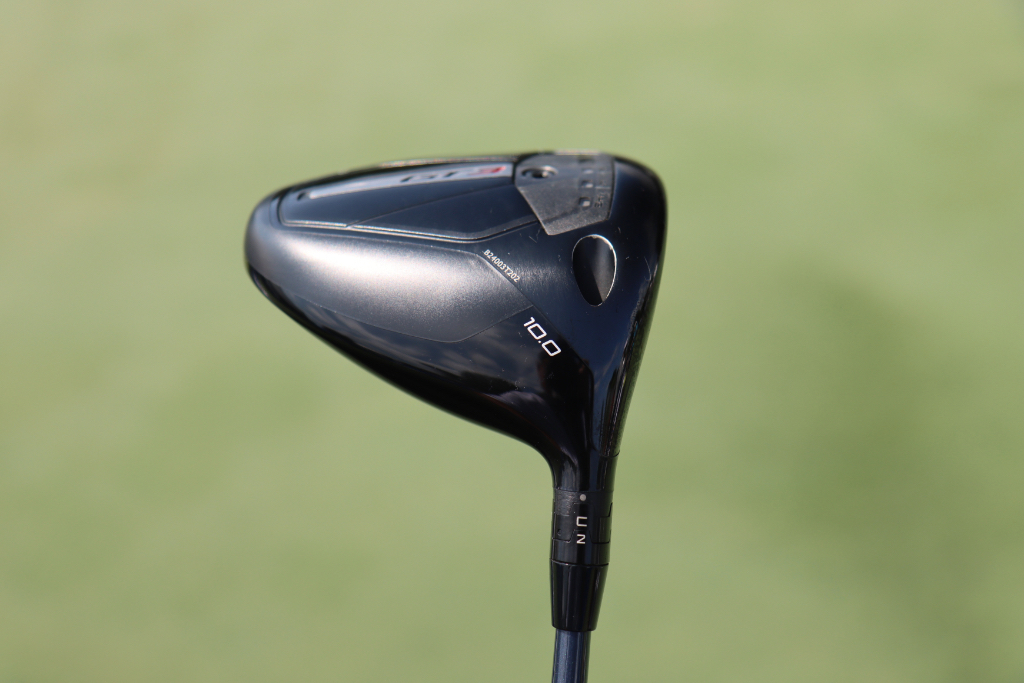

3-wood: Titleist GT3 (15 degrees, A1 SureFit setting)
Shaft: Fujikura Ventus TR Blue 7 X
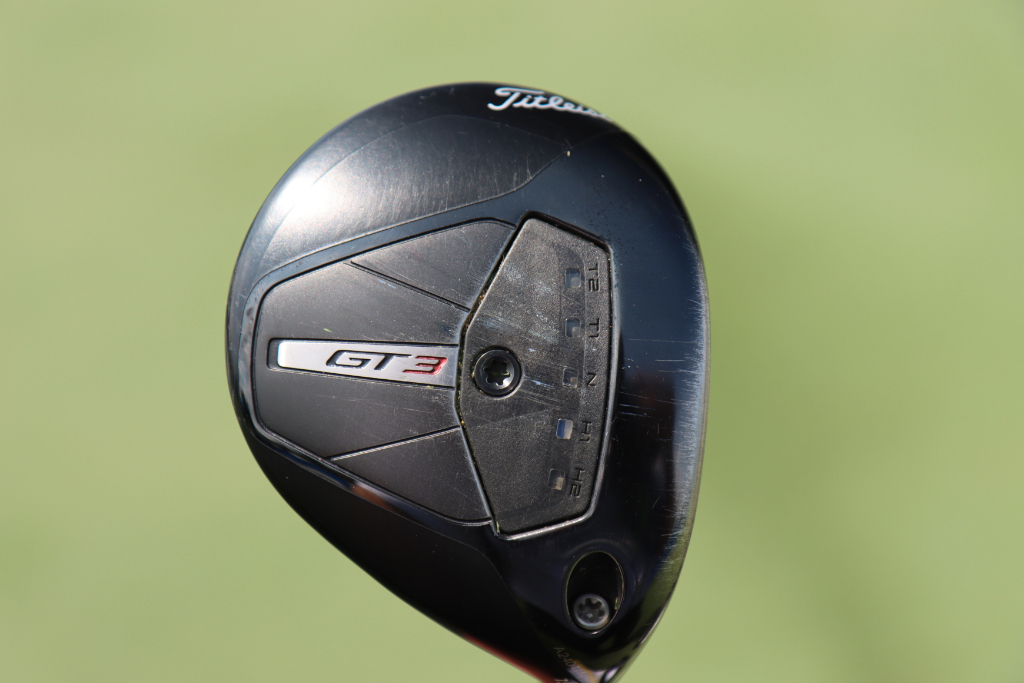
7-wood: Titleist GT2 (21 degrees, D1 SureFit setting)
Shaft: Fujikura Ventus TR Blue 8 X
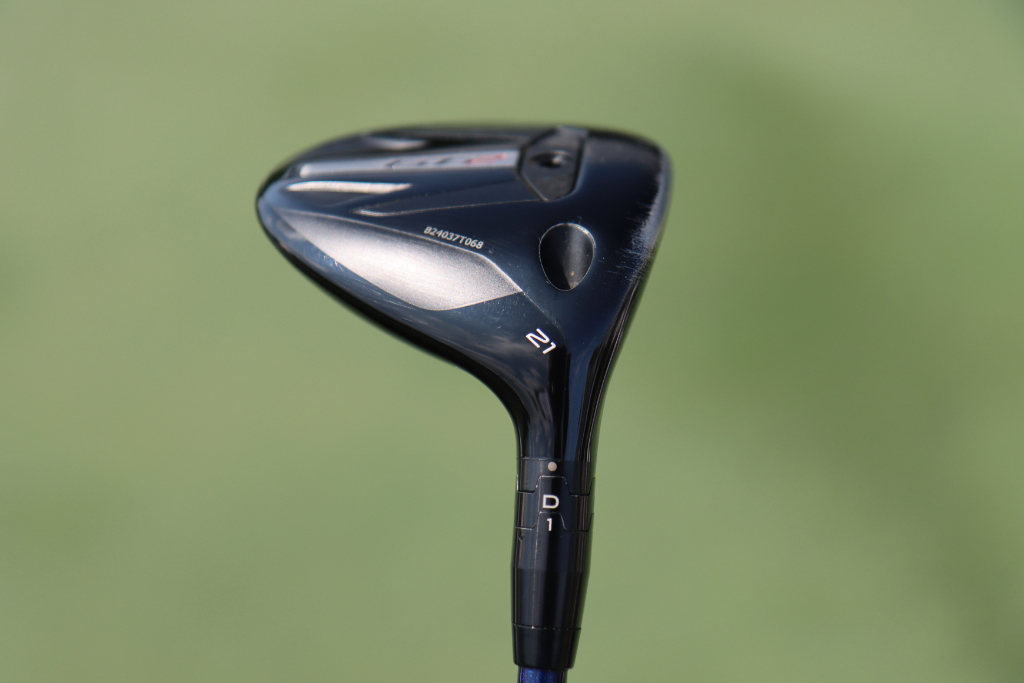
Irons: Titleist T150 (4, 5), Titleist T100 (6-9)
Shafts: True Temper AMT Tour White X100
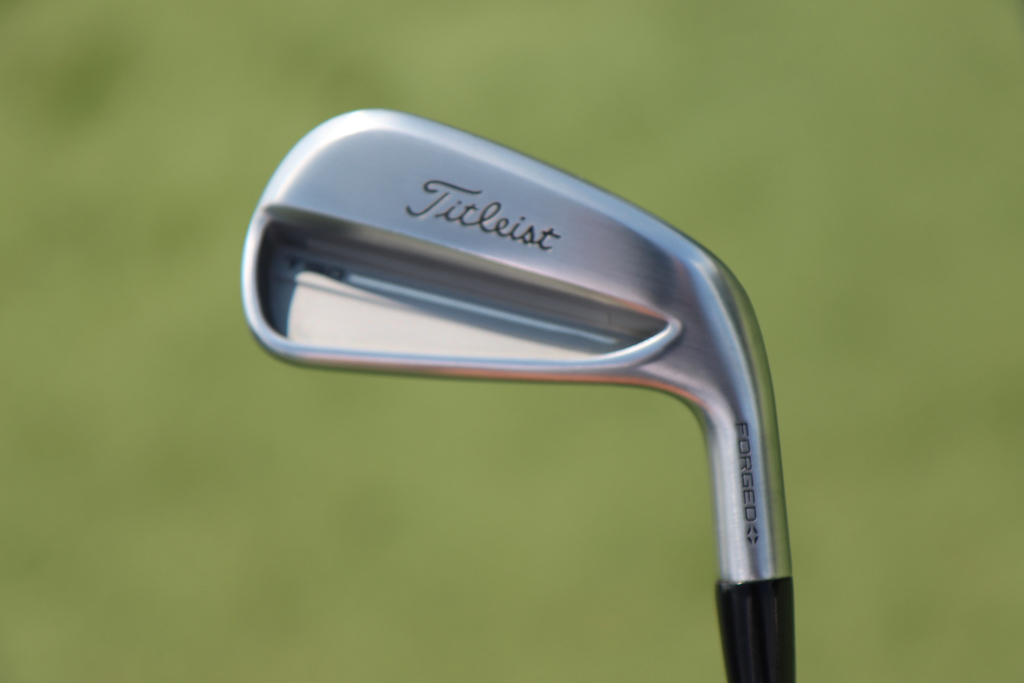
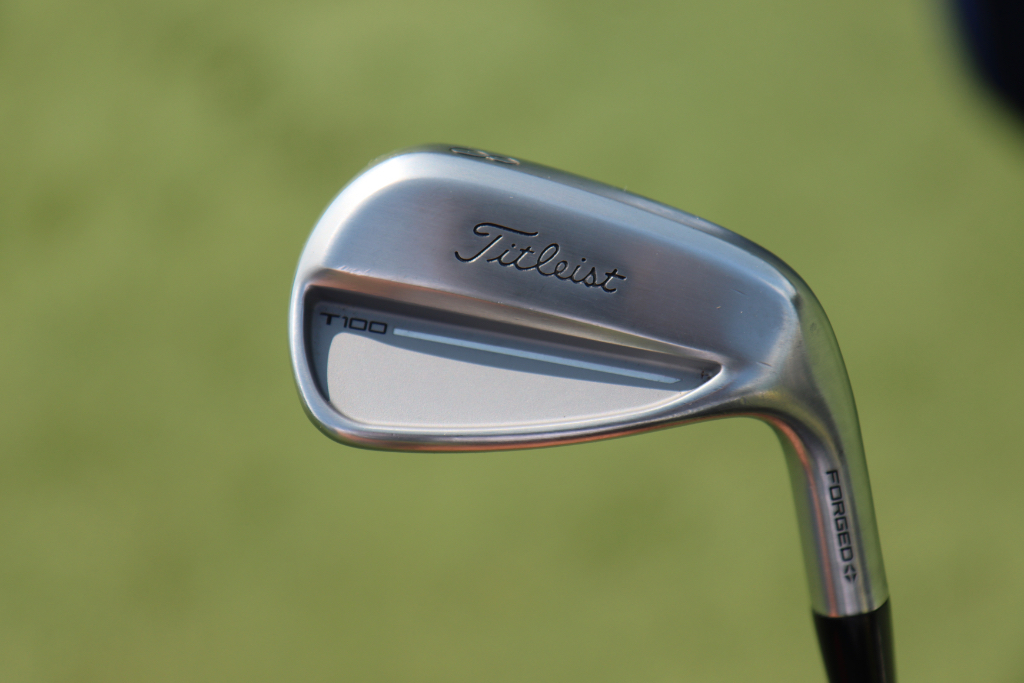
Wedges: Titleist Vokey Design SM10 (48-10F @47, 52-12F, 56-08M @57, 60-04T @62)
Shafts: True Temper Dynamic Gold Tour Issue S400
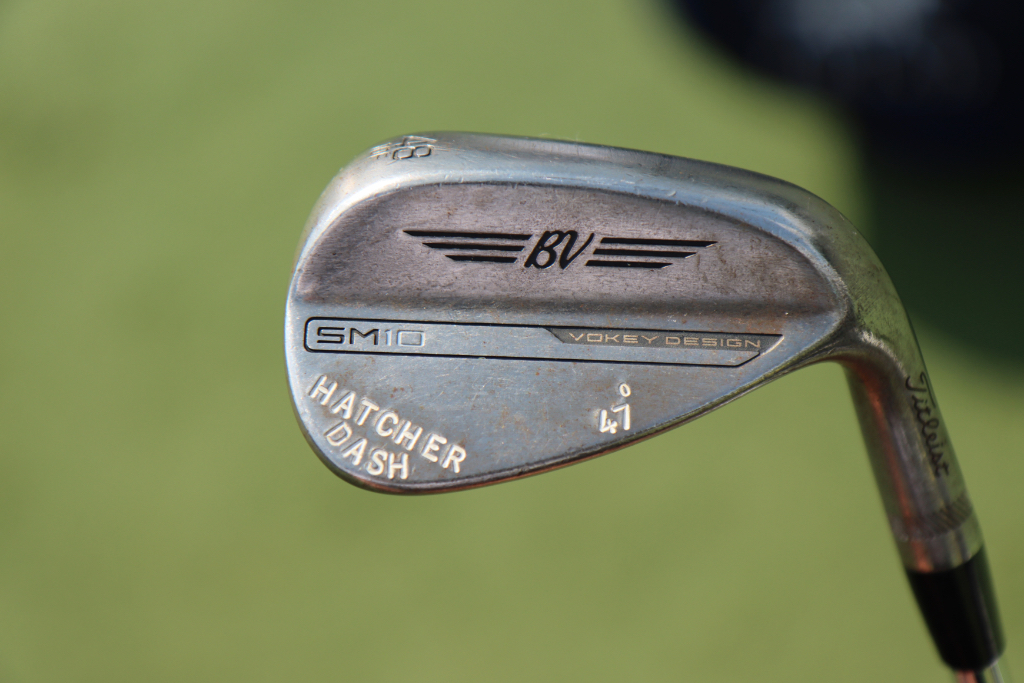
Putter: Scotty Cameron Studio Style Fastback 1.5 Tour Prototype
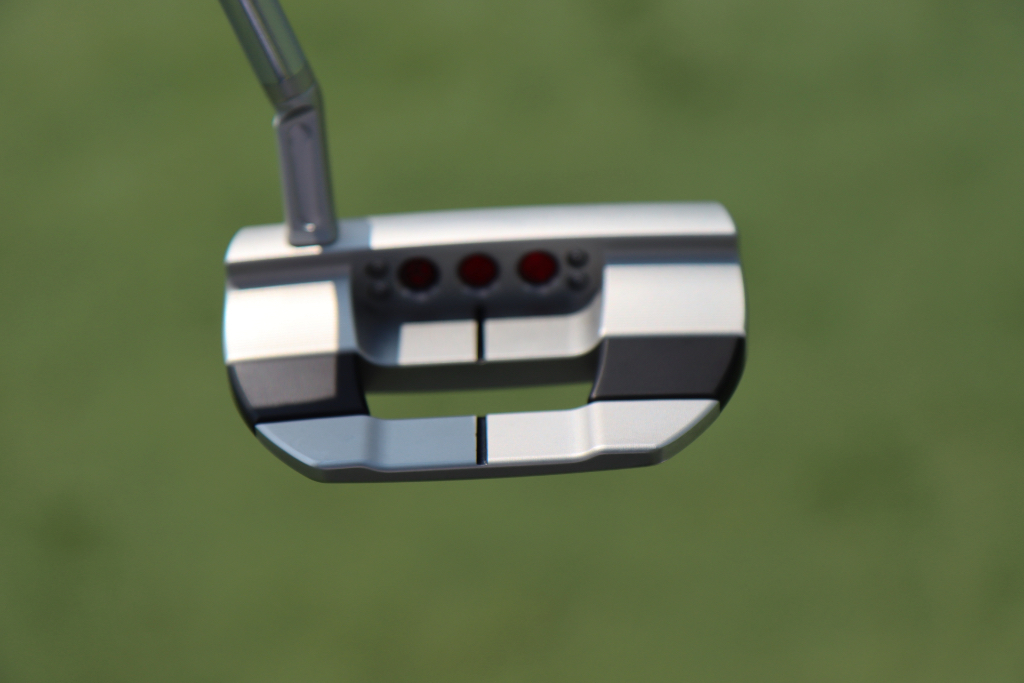
Grips: Golf Pride Tour Velvet
Ball: Titleist Pro V1x Yellow
Equipment
GolfWRX Members Choice presented by 2nd Swing: Best driver of 2025
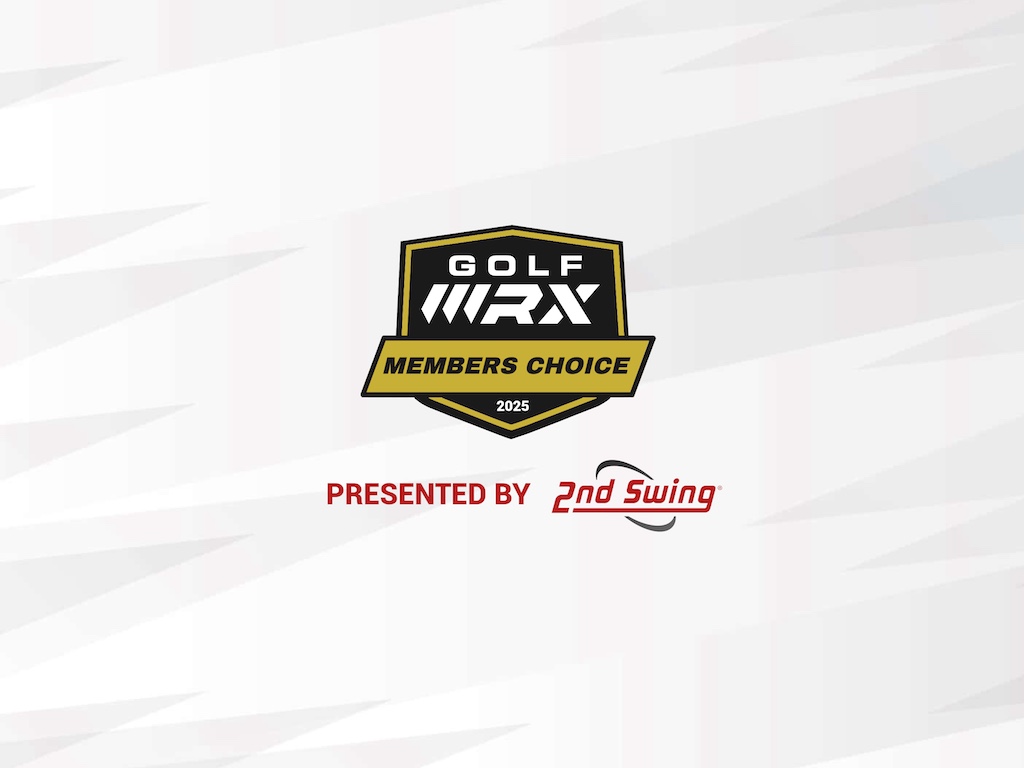
We’re proud to once again partner with 2nd Swing Golf to bring you GolfWRX Members Choice 2025! 2nd Swing has more than 150,000 new and pre-swung golf clubs available in six store locations and online. Check them out here.

What is the best driver in 2025? At GolfWRX, we take great pride in our online community and the cumulative knowledge and experience of our members. When it comes to the best driver of 2025, we want to know what our forum faithful think.
Since our founding in 2005, the bedrock of GolfWRX.com has been the community of passionate and knowledgeable golfers in our forums, and we put endless trust in the opinions of our GolfWRX members — the most knowledgeable community of golfers on the internet. No other group of golfers in the world tests golf clubs as frequently or as extensively, nor is armed with such in-depth information about the latest technology.
Below are the results of GolfWRX member voting for the 2025 best driver, along with the vote percentage for each club.
Best driver of 2025: The top 5
5. Callaway Elyte Triple Diamond: 6.02%
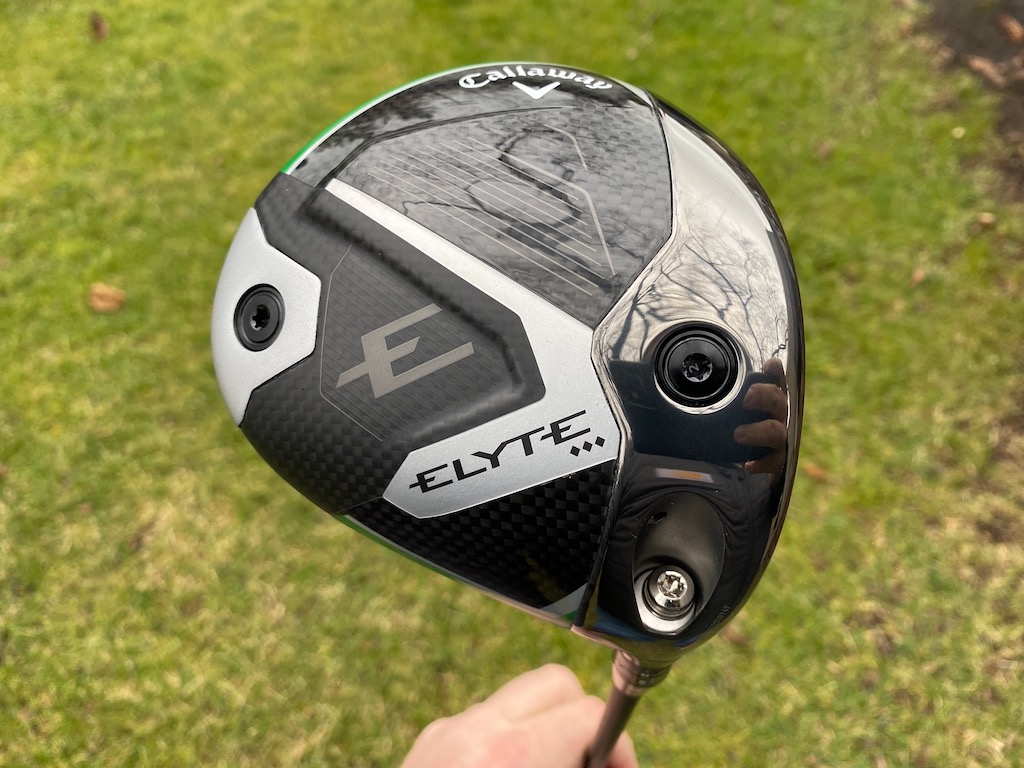
Callaway’s pitch: “For golfers looking for a fast, forgiving, yet workable driver, the Elyte Triple Diamond features a tour-inspired shape and is the preferred model by most Callaway tour players.”
You can read what other golfers are saying about the driver in the GolfWRX forums, and see our launch piece here. Shop the Callaway Elyte Triple Diamond here.
4. Ping G440 Max: 6.86%
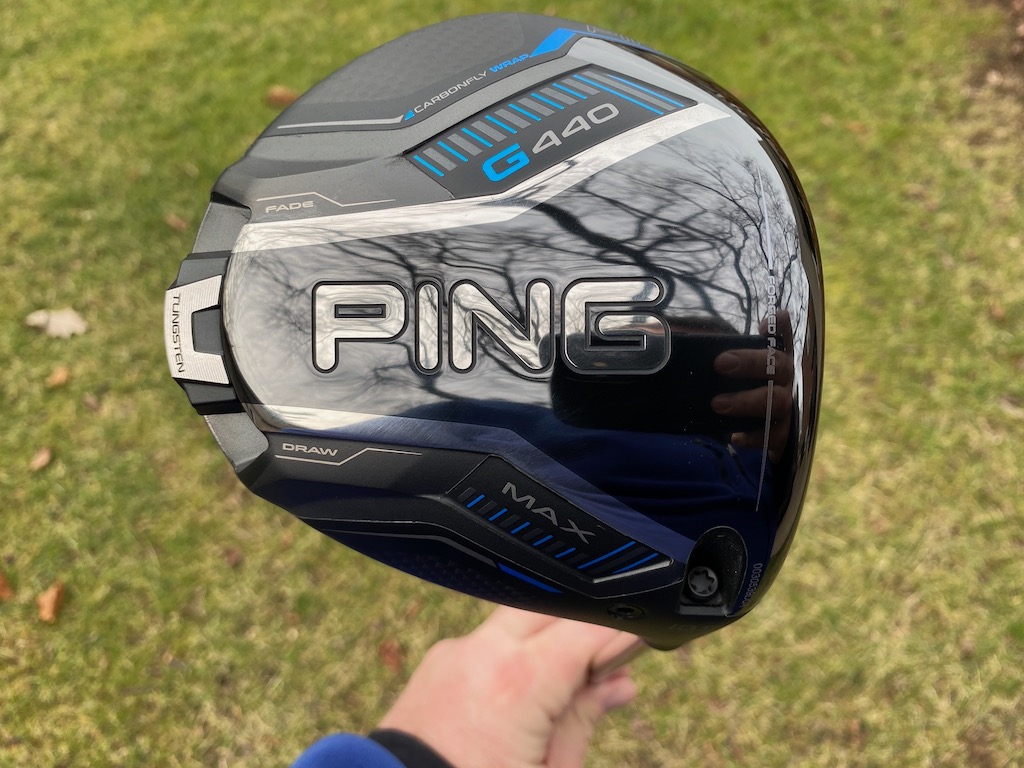
Ping’s pitch: “The most forgiving G440 model, MAX has a hotter face to generate speed and distance, and a lighter overall system weight with a longer shaft (46″) for faster clubhead speed, higher launch and longer carries. The Free Hosel and Carbonfly Wrap crown save weight to create our lowest CG ever and increase forgiveness while contributing to a more muted, pleasing sound.”
You can read what other golfers are saying about the driver in the GolfWRX forums, and see our launch piece here. Shop the Ping G440 Max here.
3. Ping G440 LST: 9.53%
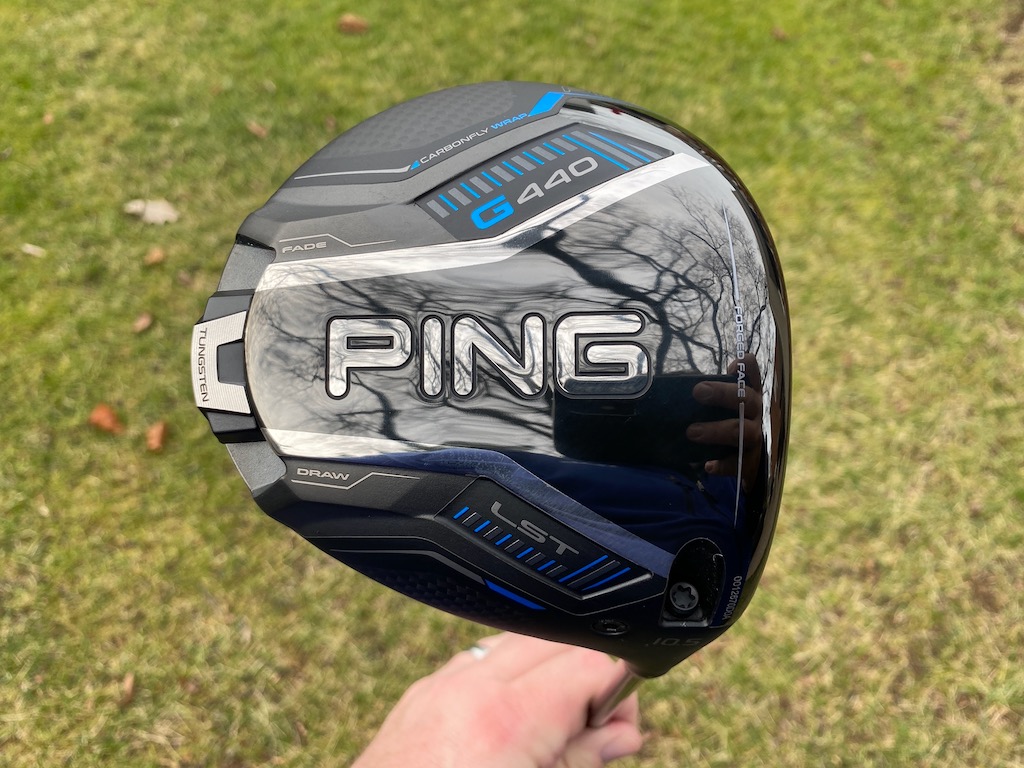
Ping’s pitch: “LST is an especially good fit for faster swings, offering less spin and more control with a penetrating trajectory. A hotter face, lighter overall system weight and longer shaft (46″) deliver more speed and distance while maintaining tight dispersion.”
@phizzy30: “Not a fan of Ping drivers in general, but 440 LST takes the cake. It’s super forgiving across the face for a low spin head, looks and sounds good and the ability to make it play neutral or slightly fade biased through the hosel settings is very appealing.”
You can read what other golfers are saying about the driver in the GolfWRX forums, and see our launch piece here. Shop the Ping G440 LST here.
2. Titleist GT3: 16.55%
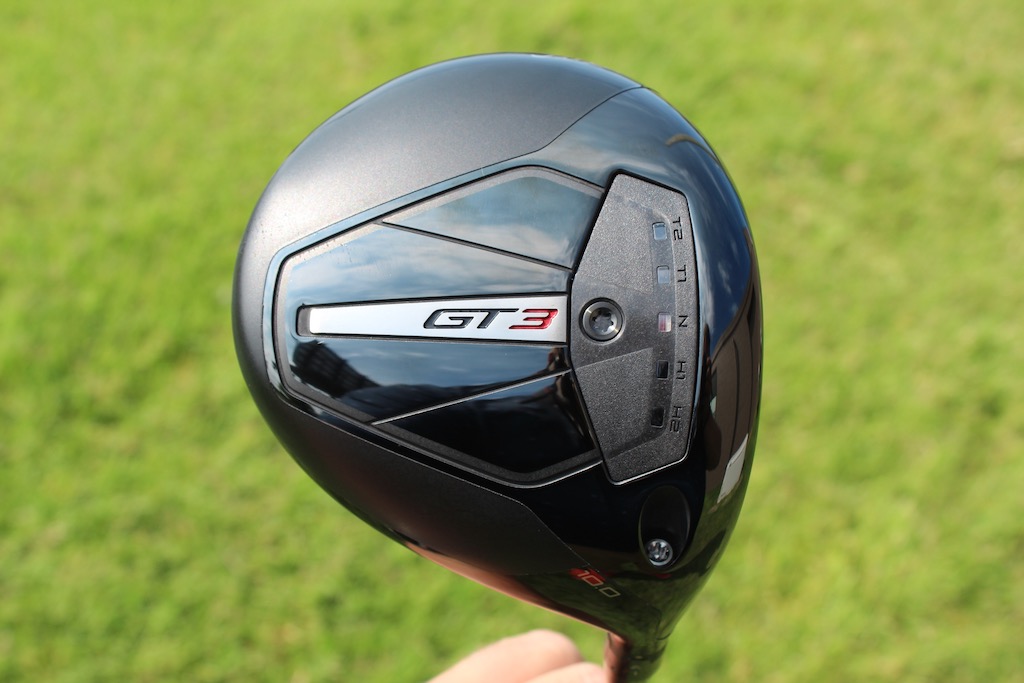
Titleist’s pitch: “The GT3 Driver offers Titleist’s boldest combination of power and personalization through adjustable performance. Dial in the CG Track to your frequent contact location to make your biggest drives even bigger while taking total control over flight and shaping.”
@mrmikeac: “I’ve been Anti-Titleist for years and years and years (outside of Vokey, of course). With that being said, HOLY BEGEEZUS the GT3 driver is an absolute NUCLEAR MONSTER! This thing blew my G430 10K Max out of the water in every single category. Forgiveness is the biggest thing that stands out of me, the 3 model has always been one of the less forgiving models in the past but this GT3 can take bad shot after bad shot and still end up in the fairway, I think a ton of that has to do with the adjustability, it’s actually effective. Feel and sound is perfect, that solid crack is so addicting to hear and when you hit it out the screws this thing can absolutely bomb it. Titleist, I’m sorry for doubting you. You have converted me.”
You can read what other golfers are saying about the driver in the GolfWRX forums, and see our launch piece here. Shop the Titleist GT3 here.
1. Titleist GT2: 22.91%
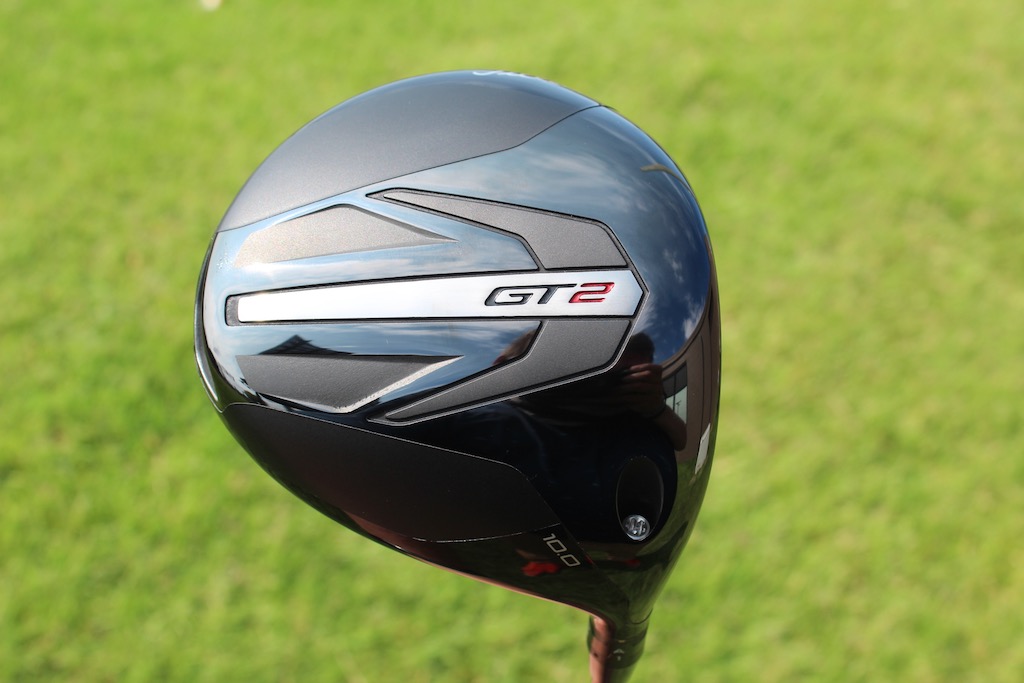
Titleist’s pitch: “Delivering impressive distance from any impact point, the Titleist GT2 Driver extracts maximum performance through a forgiving design. Get the stability and added confidence of a high-MOI driver without sacrificing speed.”
@DTorres: “The Titleist GT2 has proven to be the best driver of the year. Packaged in a classic profile, GT2 perfectly balances performance and forgiveness while consistently being a high performer across all categories.”
You can read what other golfers are saying about the driver in the GolfWRX forums, and see our launch piece here. Shop the Titleist GT2 here.
Other drivers receiving >2% of the vote
| Driver | Vote percentage (%) |
|---|---|
| Cobra DS Adapt Max K | 4.85% |
| Ping G430 Max 10K | 3.85% |
| Callaway Elyte Triple Diamond | 3.68% |
| TaylorMade Qi35 | 3.51% |
| Callaway Elyte | 3.18% |
| Cobra DS Adapt X | 2.34% |
| Cobra DS Adapt LS | 2.17% |
| TaylorMade Qi35 LS | 2.17% |
View this post on Instagram










A. Commoner
May 24, 2020 at 4:55 pm
Excellent article. Spurs thought so often repeated: “If people would only realize.”
Tom Duckworth
May 23, 2020 at 1:41 pm
I will change my own grips and ad length to my irons but I stop there. It would be fun to build my own clubs one day but the cost saving is not enough. Buying a set of forged iron heads on eBay is just as expensive as a complete set of irons. I’m happy if I can have a good conversation and fitting and get the information I need to find a set that fits me. I mostly buy used because getting clubs a few years old is a major cost savings and the technology just doesn’t change that dramatically.
I would be happy to support someone working out of their home but I have never found any locally. I admire the investment it takes to do it right.
Breiman
May 22, 2020 at 6:21 pm
I had a small shop in the 80s that did mostly custom woods and forged iron sets and some repairs. The investment into heads, shafts and grips alone was 20k in 1985 $$$$. Let alone the tools. Running a small shop is a labor of love.